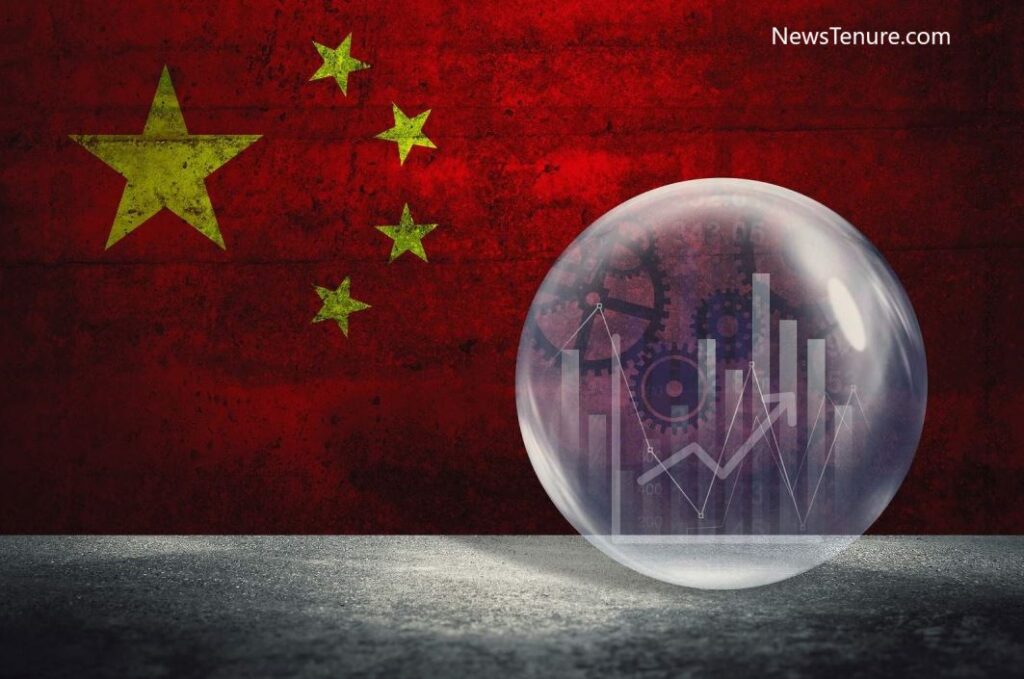China’s emergence as a global economic powerhouse over the past few decades has had a profound impact on the world economy. With its massive population, rapid industrialization, and ambitious economic policies, China has transformed itself into a key player in international trade, investment, and production. In this article, we will explore the multifaceted impact of China on the global economy, examining its role as both a driver of growth and a source of challenges.
Manufacturing and Global Supply Chains:
China’s manufacturing sector has become the “factory of the world,” playing a pivotal role in global supply chains. The country’s vast labor force, efficient production capabilities, and competitive pricing have attracted multinational companies to establish manufacturing operations in China. As a result, China has become a primary source of consumer goods, electronics, textiles, and other products for markets worldwide. The country’s manufacturing dominance has reshaped global trade patterns and influenced the competitiveness of other nations.
Trade and Exports:
China’s participation in international trade has grown exponentially, making it one of the world’s largest exporters. Its export-oriented model has fueled economic growth, allowing China to accumulate foreign reserves and expand its influence in global markets. Chinese exports, ranging from consumer goods to machinery and electronics, have flooded international markets, shaping consumer preferences and competition in various industries. The country’s trade policies, such as the Belt and Road Initiative, have further expanded its reach and influence in regions around the world.
Investment and Outbound Capital Flows:
China has also become a significant source of outbound investment, with Chinese companies increasingly investing in foreign markets. These investments span various sectors, including infrastructure, technology, real estate, and natural resources. China’s outbound capital flows have provided much-needed investment and employment opportunities in recipient countries while also raising concerns about strategic influence, debt sustainability, and potential challenges for local industries.
Technology and Innovation:
China’s emphasis on technological development and innovation has been a driving force in its economic transformation. The country has made substantial progress in areas such as e-commerce, telecommunications, artificial intelligence, and renewable energy. Chinese tech giants have emerged as global players, challenging established Western companies and driving digital advancements. China’s technological advancements have the potential to reshape industries, create new economic opportunities, and influence global standards.
Financial Influence and Global Institutions:
China’s economic rise has translated into increased financial influence on the global stage. The establishment of institutions like the Asian Infrastructure Investment Bank (AIIB) and the New Development Bank (NDB) reflects China’s desire to reshape the international financial architecture. The country’s currency, the renminbi (RMB), has gained prominence as an international reserve currency, albeit still lagging behind the US dollar and the euro. China Global Economy role in global financial markets, capital flows, and its growing clout in international institutions has implications for global economic governance and cooperation.
Economic Challenges and Global Risks:
China’s rapid economic growth has also posed challenges and risks for the global economy. Concerns include trade imbalances, intellectual property rights violations, market access restrictions, and state subsidies, which have led to trade disputes and tensions with other countries. Moreover, China’s debt levels, shadow banking system, and potential asset bubbles have raised concerns about financial stability and systemic risks that could reverberate globally.
Consumption and Middle-Class Expansion:
China’s growing middle class and rising consumer spending have significant implications for the global economy. As incomes increase and consumer preferences evolve, Chinese consumers are becoming a crucial market for international businesses. This shift in consumption patterns has led to increased demand for a wide range of goods and services, including luxury brands, travel, entertainment, and healthcare. Companies around the world are seeking to tap into this consumer market, driving economic growth and job creation globally.
Commodities and Resource Demand:
China’s economic growth has fueled a substantial demand for commodities and natural resources. The country’s hunger for raw materials such as oil, metals, and agricultural products has had a considerable impact on global commodity markets. China’s demand has influenced prices, supply chains, and investment decisions in resource-rich regions across the globe. Fluctuations in China’s Global Economy resource consumption and import patterns can have far-reaching effects on global commodity markets and the economies of resource-exporting countries.
Global Manufacturing Competitiveness:
China’s manufacturing capabilities and competitive advantage have forced other countries to adapt and adjust their own strategies. The availability of low-cost labor, extensive infrastructure, and efficient production in processes. China Global Economy have led to the relocation of manufacturing activities from other countries. This shift has had both positive and negative consequences. Such as job displacements in some regions and opportunities for specialization and innovation in others. Countries must find ways to remain competitive or seek alternative avenues for economic growth in the face of China’s manufacturing dominance.
Green Technology and Climate Change:
As the world grapples with the challenges of climate change. China’s role in green technology and environmental policies has gained significance. The country has made substantial investments in renewable energy, electric vehicles, and sustainable infrastructure. China’s commitment to clean energy technologies has the potential to drive global innovation. China reduce carbon emissions, and shape the transition to a more sustainable global economy. Collaborative efforts between China and other countries are essential to address climate change effectively.
Regional Economic Integration:
China’s Global Economy influence extends beyond its borders through regional economic initiatives. The Regional Comprehensive Economic Partnership (RCEP), involving 15 Asia-Pacific nations. Which represents a significant step towards deeper economic integration in the region. China’s involvement in regional trade agreements, infrastructure development projects, and investment partnerships. That enhances its economic reach and strengthens its relationships with neighboring countries. These initiatives have implications for regional trade dynamics and economic cooperation.
COVID-19 Pandemic and Global Recovery:
China’s response to the COVID-19 pandemic and its subsequent economic recovery have had global ramifications. As one of the first countries to experience the pandemic, China’s containment measures, supply chain disruptions, and subsequent economic rebound have influenced global markets and recovery efforts. The country’s role in producing and distributing medical supplies and vaccines has been crucial in addressing the global health crisis. The pace and stability of China’s recovery will continue to shape the trajectory of the global economy.
Conclusion:
China’s impact on the world economy is far-reaching and complex. From manufacturing dominance and trade influence to technological advancements, consumer markets, and regional integration. China has become an integral part of the global economic landscape. While presenting opportunities for growth and cooperation, challenges and risks also exist, requiring collaborative efforts and effective economic governance. Understanding and navigating China’s evolving role is crucial for policymakers, businesses, and individuals to thrive in an increasingly interconnected global economy.




